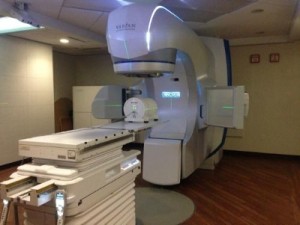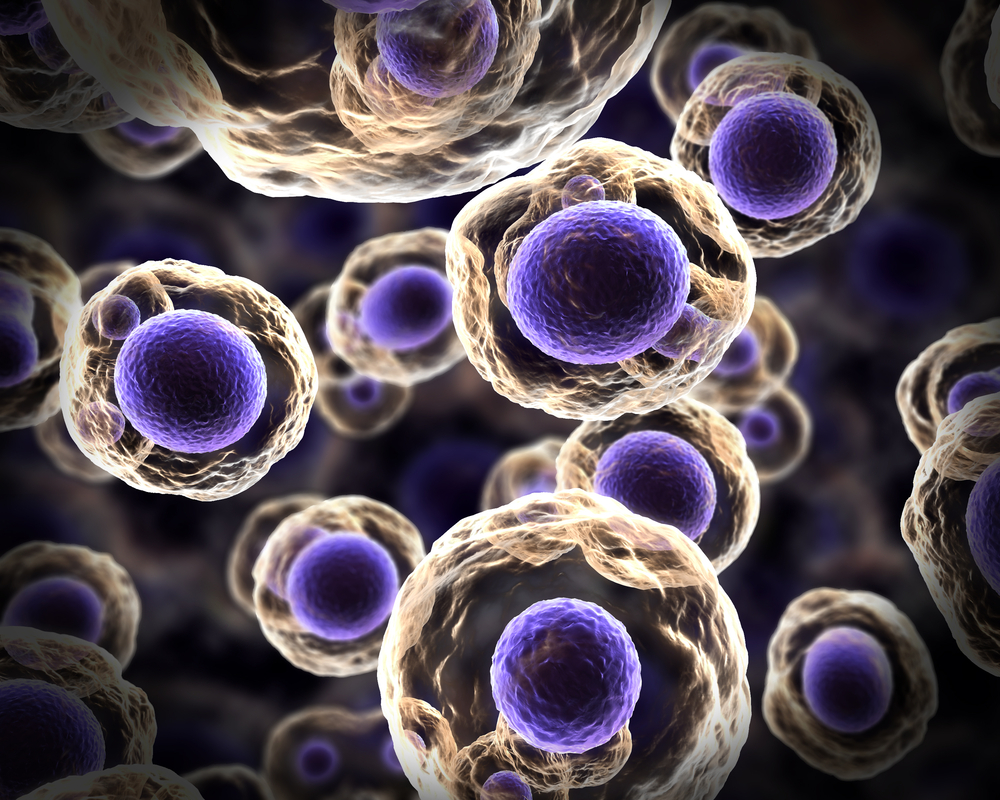 Researchers at the University at Buffalo (UB) have designed a single nanoparticle capable of use in six different modes of medical imaging. Computed tomography (CT) scanning is included in the list of imaging modalities, indicating the nanoparticles’ utility in diagnosing disease and identifying cancerous tumor boundaries.
Researchers at the University at Buffalo (UB) have designed a single nanoparticle capable of use in six different modes of medical imaging. Computed tomography (CT) scanning is included in the list of imaging modalities, indicating the nanoparticles’ utility in diagnosing disease and identifying cancerous tumor boundaries.
“This nanoparticle may open the door for new ‘hypermodal’ imaging systems that allow a lot of new information to be obtained using just one contrast agent,” said Jonathan Lovell, PhD, an assistant professor of biomedical engineering at UB, in a news release from the college. “Once such systems are developed, a patient could theoretically go in for one scan with one machine instead of multiple scans with multiple machines.”
The six different imaging modalities are CT scanning, positron emission tomography (PET) scanning, photoacoustic imaging, fluorescence imaging, upconversion imaging, and Cerenkov luminescence imaging. Combining all six could provide clinicians a clearer picture of organs and tissues in order to make better diagnoses than could be made through a single modality alone.
As a proof of concept, Dr. Lovell and his team of researchers studied the nanoparticle in the lymph nodes of mice. Described in “Hexamodal Imaging with Porphyrin-Phospholipid-Coated Upconversion Nanoparticles,” the team’s article published in Advanced Materials, used fluorescence imaging, PET/CT scanning, and photoacoustic imaging to track the accumulation of nanoparticles injected into mice. CT and PET scans enabled the deepest tissue penetration, while photoacoustic images provided details of blood vessels that the other modalities missed, demonstrating the utility of multiple means of detection.
Although a machine that can perform all six types of imaging has yet to be invented, the nanoparticles show great promise. Each part of the nanoparticle provides a benefit to the overall system. The core of the particles, an “upconversion” core of sodium, ytterbium, fluorine, yttrium, and thulium, glows blue when illuminated with near-infrared light. The corona of the particles, a layer of porphyrin-phospholipids (PoP), has biophotonic qualities and also attracts copper.
[adrotate group=”1″]
In addition to Dr. Lovell, co-authors Dr. James Rieffel, Dr. Feng Chen, and Dr. Paras N. Prasad, were involved in the study. “Combining these two biocompatible components into a single nanoparticle could give tomorrow’s doctors a powerful, new tool for medical imaging,” said Dr. Prasad. “More studies would have to be done to determine whether the nanoparticle is safe to use for such purposes, but it does not contain toxic metals such as cadmium that are known to pose potential risks and found in some other nanoparticles.”
Next steps could involve investigating additional uses for the nanoparticles, not just diagnoses through imaging. As an example, the team may be able to attach targeting molecules to the PoP corona that lead the particles to cancer cells and enable clinicians to see tumor boundaries, making it easier to resect and identify leftover cancer cells following surgery. “Another advantage of this core/shell imaging contrast agent is that it could enable biomedical imaging at multiple scales, from single-molecule to cell imaging, as well as from vascular and organ imaging to whole-body bioimaging,” added Dr. Chen. “These broad, potential capabilities are due to a plurality of optical, photoacoustic and radionuclide imaging abilities that the agent possesses.”


